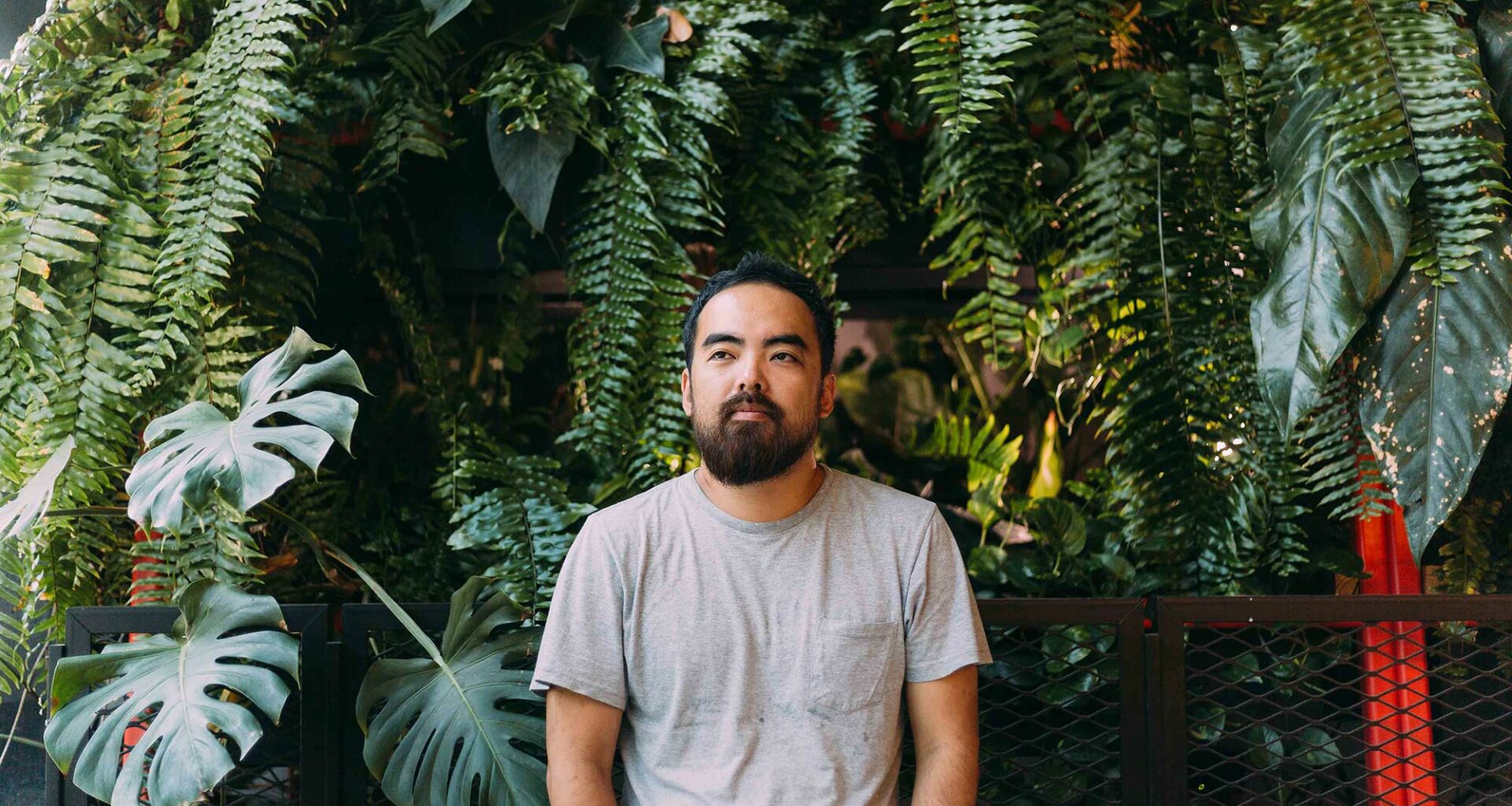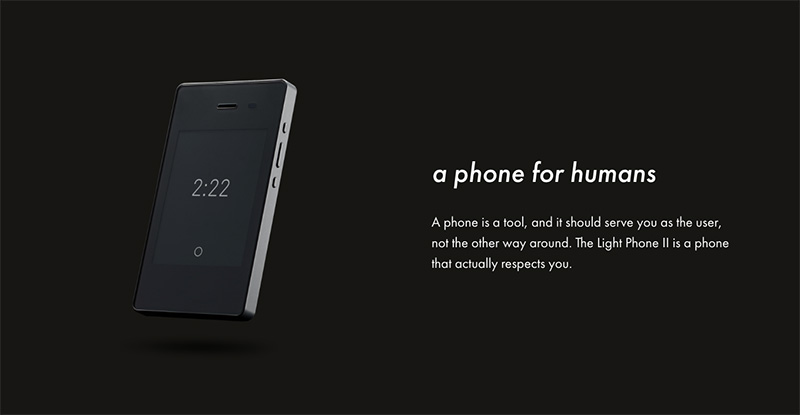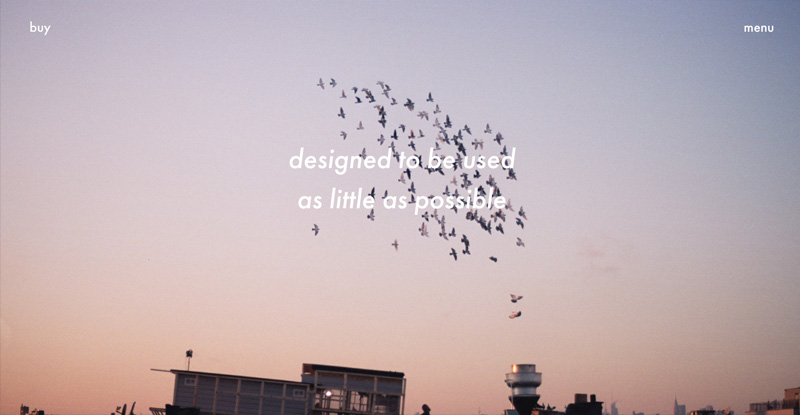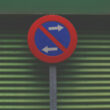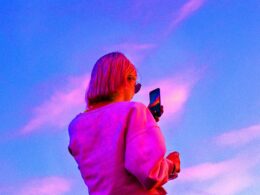Editor’s Note: Forrester’s 2019 CXSF event kicks off tomorrow and Kaiwei Tang, Co-founder and CEO of Light, will be one of the featured presenters there. If you’re not familiar with him by name, you may know him for his work on the groundbreaking Light Phone. Kai believes the right technology should empower us to be our best selves and appreciate life more – rather than distract us from it – and Light Phone is leading the charge in human-centered design. Kai is also the only designer to ever receive full sponsorship from Google for its design incubator program. We had a chance to ask Kai some questions in advance of his presentations at Forrester’s 2019 CXSF.
TheCustomer:
Your name comes up frequently in conversations related to design thinking and human-centered design theory. It seems to me that Light is a great example of designing a product for something the customer doesn’t quite know they want yet. In other words, it isn’t based on how users articulated their needs at that moment – and, if I’m thinking through this correctly, that means you had to intuit this thing into existence first – and then iterate based on feedback later. Do I have that right? Can you elaborate on this design chicken vs egg conundrum?
Kaiwei Tang:
Design is about identifying what users are not telling you — problems that are not obvious — and putting yourself in a user’s shoes so that you can feel their pain, anxiety and desire. As a matter of fact, I did not start Light with building Light Phone. I started by understanding how people interact with their devices and why are we addicted to our smartphones. I feel like our minds are always somewhere else. We are constantly distracted by our technology, but what about the world happening around us? What about our train of thought or focus? Or the person you care about the most sitting right next to you?
We tested the hypothesis before we even thinking about Light Phone, the idea that people would enjoy disconnecting from the internet. We gave users a flip phone and simulated the call forwarding experience so they can go out and leave their smartphone behind. We began testing what “going light” would feel like.
Everyone described an initial anxiety, and it was a bit more intense than we all expected. It feels like you’re missing something, so you touch your pockets anxiously. However uncomfortable that feeling might have been, there was always a point where you forget to think about what you might be missing out on and you get lost in the present world around you. It is quite special. The result from the test was extremely encouraging for us to move forward with the idea, designing a way to inspire people to take a break from their smartphones.
The design process is never linear. It’s in endless circles of learning from users, analyzing the clues, coming up with hypothesis, prototyping and testing, then repeat. This is exactly how we iterated from the original Light Phone in 2015 to the launch of Light Phone II in 2019. We learned so much from the tens of thousands of original Light Phone users, so much so that we realized that there is a huge desire to “go light” more often or for good — though many users shared what additional features like ride-sharing and music would make this a reality for them.
On the other hand, the reason we started Light is to encourage people to take a break from today’s hyper-connected lifestyle. It makes a lot sense for us to inspire more people to “go light” and break away from social media and smartphones by providing them with a few more utility tools that has no distraction or advertisements, like the aforementioned ride-sharing.
TheCustomer:
Talk about the influence that Light has had on the mobile device marketplace. Do you see other designers and developers taking cues from your work? Do you think that mainstream consumers can see and embrace the benefits of this kind of product?
Kaiwei Tang:
We started Light in 2014. The reaction back then was heavily polarized when I was pitching the concept to investors, advisors, etc. But the exciting thing to me is that everyone had a very strong opinion about what we are trying to do. Some loved Light and Light Phone, and others, not so much — but our first crowdfunding campaign provided us a lot of national and global media attention. The Light Phone is designed to be used as little as possible. The product becomes a statement that we are making to the rest of technology world — a conversation piece that sparks the awareness of smartphone addiction as well as the attention-and-data-driven business model.
It is quite amazing to us that many other companies are now joining our movement and designing products with a clear intention that has the user’s wellness in mind, including Apple, Google, Samsung. All the tech giants are introducing their version of wellness app or screen-time trackers in response to this fast growing trend. The tide and conversation have changed substantially.
It is quite amazing to us that many other companies are now joining our movement and designing products with a clear intention that has the user’s wellness in mind, including Apple, Google, Samsung.
We know Light Phone is not for everyone. It is a healthy alternative, a radically different option for overwhelmed smartphone users. We want to offer utility and peace of mind that we’ve become accustomed to with our smartphones while eliminating the distractions, manipulation and stress of social media, news, or email. It can also be your secondary phone to take a break occasionally or a kid’s first phone.
The problem of smartphone addiction and attention / data-driven business models is only going to get worse from here with more and more “smart” devices created in the market. Consumers are aware of the problem; a large majority of consumers believe smartphone addiction is real and that a digital detox is important for their mental health. People are actively looking for alternative for themselves or for their children. I am convinced that this movement will continue to grow globally.
TheCustomer:
Getting a full sponsorship from Google’s Design Incubator had to have been a huge boost to your confidence in the way you consider design. Can you talk about some of the ways you approach product design that might illuminate the process for other designers?
Good design is honest.
Kaiwei Tang:
Design applies to every aspect of what we do at Light — from developing concepts to our customer service, and everything in between.
Part of the reason I think the incubator decided to offer the sponsorship to me was that I had years of experience of bringing technology products to life, getting my hands dirty and working with engineers, sales, manufacturers, etc.
Designers often get a bad reputation of not knowing how things work or not being realistic. I agree, but I also think our advantage is that we are not afraid to ask why and change things when it doesn’t make sense. “Intentionality” is a word I really like. Every aspect of Light Phone, from the product and user interface, to its packaging, the website, etc., are all designed around the idea that technology should empower us, not the other way around. Light encourages and inspires user to experience life without distraction. We ask “why?” towards everything we do and make sure our actions align with our mission, fit the design guideline, and communicate a consistent message to people
Dieter Rams said “good design is honest.” I couldn’t agree more. This honestly should apply to your choices of material, the form factor, the feeling towards the users, user interface, investor document, your business model, and any decision you make along the way.
Find more information on Forrester and the 2019 CXSF event here.





